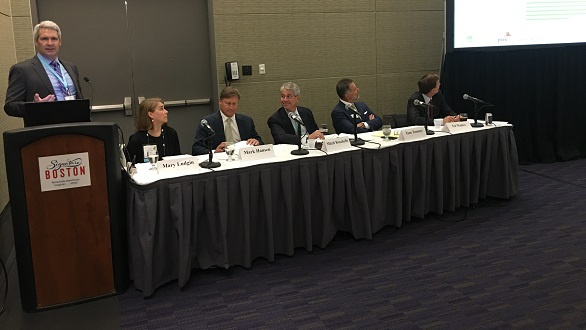2019 Real Estate Trends to Watch ULI’s Emerging Trends report highlights a few items the real estate community should look out for, including: Amenities gone wild. In addition to fitness centers, new offices are incorporating child and pet care programs, bike storage, and “curated gardens,” with fresh fruit and vegetables. Repurposing retail space.Developers are finding more opportunities to reuse buildings for medical facilities, restaurants, and entertainment venues. “18-hour suburbs.”Younger generations, which originally drove demand for urban space, are now looking to move to suburbs with urban features, such as walkable neighborhoods. Residential disruption.Delivery services are creating more congestion on streets and in building lobbies. Developers will have to look at solutions to keep residential lifestyles seamless. In other markets—such as Baltimore, St. Louis, and Providence, R.I.—investors and developers have focused on the coworking trend, creating shared office spaces that attract diverse businesses. That, in turn, has spawned more opportunity for residential and commercial development, experts said at the ULI conference. Dougan Sherwood, co-founder and managing director of CIC St. Louis, a coworking development company, said many midsized markets are being held back because they don’t have an infrastructure that supports and encourages business growth, which is vital to expanding real estate opportunities. St. Louis is such a city, having lost more companies than it’s gained over the last 15 years. “Companies that are six months to two years old are very fragile, and they need spaces that make it easy to collaborate and thrive,” Sherwood said. “The real local activators, like restaurants, are high-risk and don’t want to be the first to move into a neighborhood. So you have to figure out how to draw the innovators, and once they’re there, others will follow.” CIC opened a shared space called Venture Café in St. Louis six months ago, including offices, a restaurant, and a gathering area for local entrepreneurs. Venture Café’s networking program, held on Thursday evenings, has drawn 400 to 500 people weekly since it launched, Sherwood said. But developers who want to incorporate their ideas into larger community projects must have patience, warned Doug Woodruff, senior vice president of development at Wexford Science & Technology, which focuses on college and university markets. “We don’t go in to build buildings; we go in to build communities,” he said. “These projects are like birthing an elephant—they take four to five years to realize their potential.” But the development community must think beyond leasing potential, said Eli Hoisington, design principal at architecture and engineering firm HOK. Community planners need more than buildings for offices and residences. “You better have a place for people to go hang out after work, as well as walkability of options for transportation,” Hoisington said. “You can’t lease up a building first and then hope you can come back and address those other issues later. You need it from the beginning. The building is the last thing that happens—it’s all the other stuff we care about.” —Graham Wood, REALTOR® Magazine













